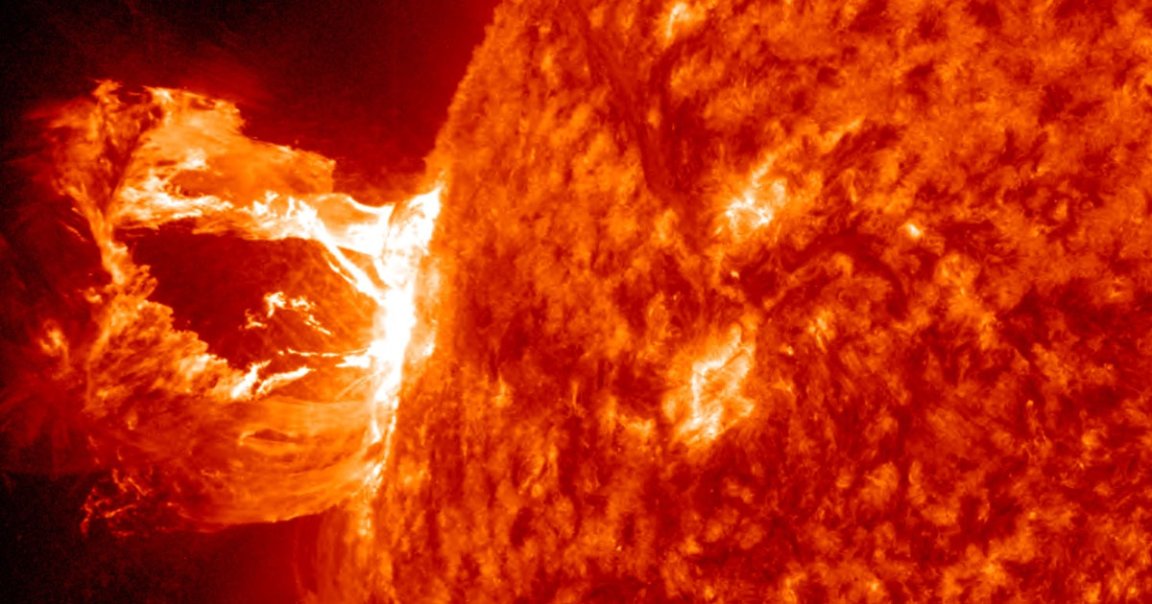
Peaking Early
Over the last couple of months, furious storms have rocked the Sun’s surface, sending out powerful solar flares and bursts of charged plasma that can even cause havoc here on Earth, almost 100 million miles away.
To a certain degree that’s to be expected, as the Sun’s 11-year solar cycle comes to a peak. But the specific timing is surprising, because scientists had predicted solar activity wouldn’t reach its maximum period of heightened activity until 2025 — while the latest data suggests that peak could come much sooner, Axios reports.
Current observations, in fact, suggest we could see a solar maximum as early as 2024. In other words, the Sun and the powerful solar winds it shoots out way can still surprise us, defying our best forecasts and predictions.
Solar Report
Predicting this activity isn’t entirely unlike the weather, except that there are far more unknowns.
“This solar maximum is the space weather equivalent of hurricane season,” Mark Miesch, a research scientist at the National Oceanic and Atmospheric Administration’s Space Weather Prediction Center, told CNN. “This solar maximum is the space weather equivalent of hurricane season. It’s when we see the biggest storms.”
“But unlike hurricane season, which lasts a few months, solar maximum lasts a few years,” he added.
Solar flares, which are localized eruptions of electromagnetic radiation in the Sun’s atmosphere, and coronal mass ejections, which are violent expulsions of plasma, send highly energized particles screaming through the solar system, some of which get picked up by the Earth’s atmosphere, resulting in gorgeous light shows in the night sky.
In the worst-case scenario, these particles can wreak havoc with satellite communications and even knock out the electrical grid on the ground — chaos, ominously, that has historical precedent.
The Big One
Forecasting these occurrences is extremely difficult. Just earlier this week, early forecasts predicting gorgeous northern lights across the US turned out to be wrong, with scientists pointing out that the Space Weather Prediction Center doesn’t make long-term auroral predictions.
That’s because the situation can change at the drop of a hat.
“It can take somewhere between 20 minutes to an hour” for a coronal mass ejection to reach Earth, NASA scientist Alex Young told Axios.
As the Sun approaches peak activity, a period that could last around two years before things die back down, we will likely see a lot more energetic solar storms, many of which will be impossible to predict.
“We do not know when the next big one will occur,” Bill Murtagh, the Space Weather Prediction Center’s program coordinator, told CNN. “It could happen a couple of weeks from now or 50 years from now.”
More on solar activity: Incoming Sun Storm Cycle To Wreak Havoc on Satellites